Elevating a lamp not only adds a touch of style to your living space but can also improve the overall lighting ambiance in a room. Whether you’re aiming for a more aesthetically pleasing arrangement or trying to optimize the distribution of light, knowing how to position and elevate your lamp is essential.
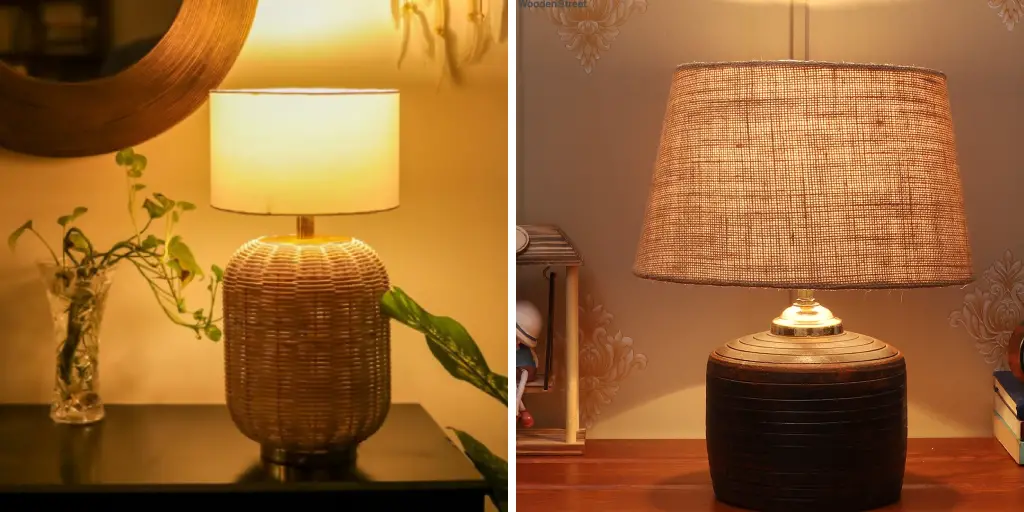
In this guide, we’ll delve into how to elevate a lamp, offering tips and techniques to help you achieve the perfect height and placement. From choosing the right lampshade to determining the ideal elevation based on your room’s layout and purpose, we’ll cover it all. Discover the secrets to effectively elevate your lamps and create a well-lit and visually appealing environment in your home.
Importance of Lamp Elevation
Lamps are a crucial element in home decor as they not only provide lighting but also add character to a space. However, the positioning of a lamp can greatly impact its functionality and aesthetic appeal.
Elevating a lamp is an effective way to optimize its performance and enhance the overall look of a room. By elevating a lamp, you can transform it from just another piece of furniture to a statement piece that elevates the entire design scheme.
Elevation also serves a functional purpose as it allows for better light distribution and prevents shadows from obstructing the light source. This is especially important in areas where specific tasks, such as reading or working, are performed under the lamp’s light. Furthermore, elevated lamps can help create visual interest and add dimension to a room. By varying the height of lamps in a space, you can create depth and make the room feel more dynamic.
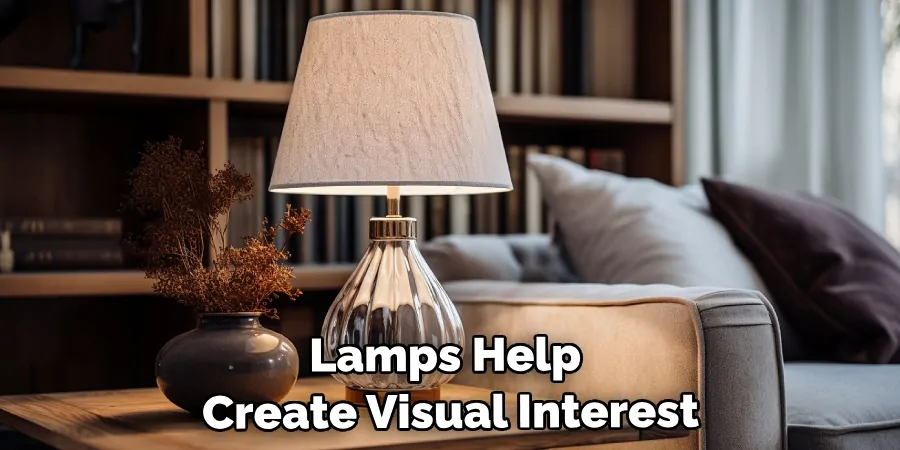
In addition, elevating a lamp can also prevent accidents such as tripping over cords or knocking over the lamp itself. This is especially important in high traffic areas or homes with children and pets.
10 Methods How to Elevate a Lamp
1. Use a Lamp Stand
A lamp stand is a great way to elevate a lamp and give it some extra height. Lamp stands come in many different styles and materials, so you can find one that fits the style of your room. When choosing a lamp stand, make sure that it is sturdy enough to hold the weight of your lamp.
Additionally, make sure that the height of the stand is appropriate for the size of the lamp. A general rule of thumb is to have the bottom of the lampshade at eye level when seated.
2. Place on a Table
Placing your lamp on a table is another easy way to elevate it. Tables come in all shapes and sizes, so you can find one that fits your space perfectly. When placing your lamp on a table, make sure that it isn’t too close to any walls or furniture, as this could be a fire hazard.
If you are using a tablecloth, make sure it doesn’t hang too low and touch the lamp, as this could also be a fire hazard. Additionally, choose a sturdy table that will not wobble or tip over easily to ensure the safety of your lamp.
3. Hang from the Ceiling
Hanging lamps from the ceiling is an effective way to create an eye-catching display in any room. You can purchase hanging lamps in many different styles, such as pendant lights or chandeliers. Make sure that you hang your lamp at least seven feet above the floor for safety reasons.
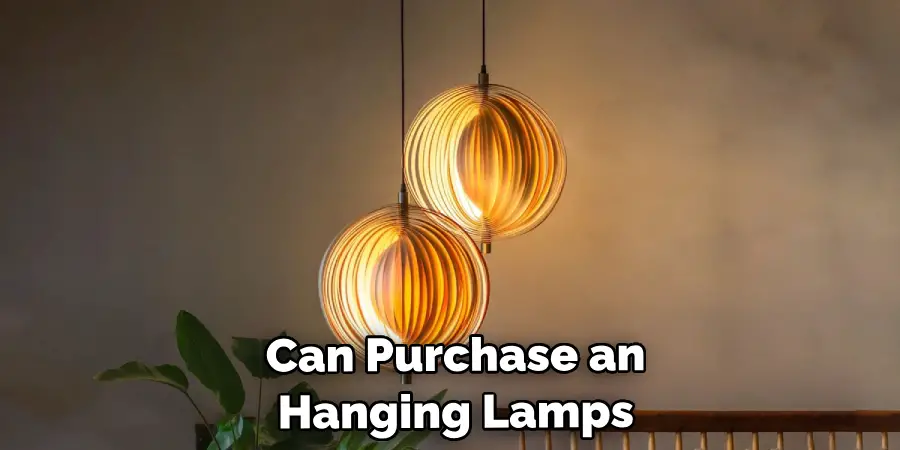
Additionally, if you have high ceilings, consider hanging your lamp even higher for a more dramatic effect. You can also use a dimmer switch to adjust the brightness of your lamp and create different moods in the room.
4. Use Wall Sconces
Wall sconces are another great option for elevating lamps off of surfaces and onto walls or ceilings. Wall sconces come in many different styles and materials, so you can find one that matches your decor perfectly. Make sure that you install wall sconces securely into studs or other solid materials for safety reasons. Though they may be more difficult to install, wall sconces can provide a unique and elegant touch to any room.
5. Place on Shelves
Placing lamps on shelves is an easy way to add light to any room while also elevating them off of surfaces like tables and floors. Shelves come in all shapes and sizes, so you can find one that fits your space perfectly. When placing lamps on shelves, make sure they’re not too close to any walls or furniture, as this could be a fire hazard.
In addition, consider the direction they’re facing. If you want to create a cozy atmosphere, point the lamps towards the wall or use shades that direct light downwards. This will help diffuse the light and minimize any glare.
6. Add Floor Lamps
Floor lamps are an effective way to add light to any room while also elevating them off of surfaces like tables and floors. Floor lamps come in many different styles and materials, so you can find one that matches your decor perfectly. Make sure that you place floor lamps away from walkways or other areas where people may trip over them for safety reasons.
In addition to providing extra light, floor lamps can also add a touch of style and sophistication to your space. They come in various designs such as modern, traditional, rustic, industrial, and more. You can choose from different shapes and sizes too – from tall arc lamps that provide overhead lighting to short tripod lamps that offer a cozy ambiance.
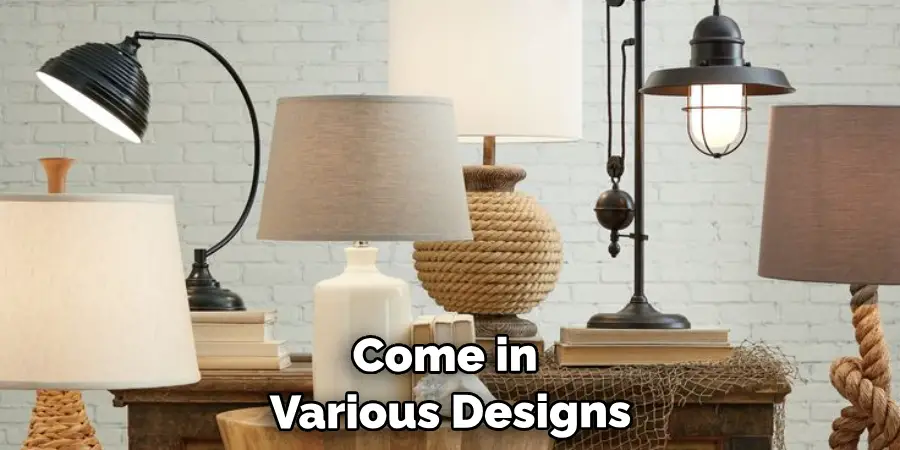
7. Utilize Stilts
Utilizing stilts is another great way to elevate a lamp off of surfaces like tables and floors while also adding some extra height to it. Stilts come in many different styles and materials, so you can find ones that fit both the style of your room and the size of your lamp perfectly.
When using stilts for elevation, make sure they are securely attached with screws or nails to solid materials like wood or concrete for safety reasons. You can also add a pop of color or design to your stilts by painting them to match the decor in your room. Additionally, using stilts allows you to easily move lamp around without having to worry about damaging delicate surfaces or leaving marks behind.
8. Install Track Lighting
Installing track lighting is an effective way to add light while also elevating it off of surfaces like tables and floors. Track lighting comes in many different styles, colors, sizes, and wattages, so you can easily find one that fits both the style of your room as well as how much light output you need. Additionally, track lighting typically only requires minimal installation, making it perfect for those who don’t want anything too complicated.
9. Utilize Wall Lights
Utilizing wall lights is another great option for elevating lamps off surfaces like tables and floors while also adding some extra height. Wall lights come in many different styles, colors, sizes, wattages, etc., so you can easily find one that fits both the style of your room as well as how much light output you need.
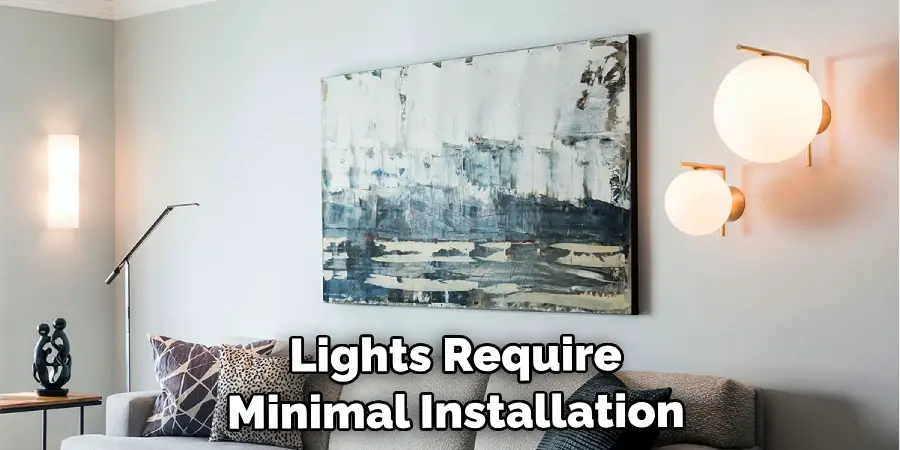
Additionally, wall lights typically require minimal installation, which makes them perfect for those who don’t want anything too complicated. However, if you do not have wall lights already installed in your home, then it may require some professional help to install them properly. Once the wall lights are installed, they can be positioned next to or above your lamp to add extra height and create a unique look.
10. Mount Lights Above Cabinets
Mounting lights above cabinets is an effective way to add light while also elevating them off surfaces like tables and floors. Cabinet lights come in many different styles, colors, sizes, wattages, etc., so finding one that fits both the style of your room as well as how much light output is needed should be relatively easy.
Additionally, cabinet lights typically require minimal installation, which makes them perfect for those who don’t want anything too complicated. However, before purchasing and installing cabinet lights, it’s important to consider a few things.
Things to Consider When Elevating a Lamp
Elevating a lamp can be both functional and aesthetical. Whether you want to elevate your lamp for practical reasons or as a decorative piece, there are a few things to consider before doing so. This guide will provide you with some important points to keep in mind when elevating a lamp.
1. Safety First
Before you start elevating your lamp, it’s important to make sure that the lamp and its components are in good condition. Check for any loose wires or damaged parts that could cause a safety hazard. It’s also a good idea to ensure that the lamp is stable enough to withstand being elevated.
2. Type of Base
When elevating a lamp, you need to consider the type of base it has. Lamps with a wide and sturdy base are more suitable for elevation, as they provide better balance and stability. On the other hand, lamps with narrow or unstable bases should not be elevated to prevent them from toppling over.

3. Height
The height of your lamp after elevation is an important factor to consider. The ideal height will depend on the purpose of the elevation. If you want to elevate the lamp for better lighting, it should be at a height where the light will not directly shine into your eyes. However, if it’s purely for decorative purposes, you can play around with different heights to achieve the desired look.
4. Material
When choosing a material to use for elevating your lamp, consider both functionality and aesthetics. Materials like wood, metal, and plastic are commonly used for lamp elevation due to their durability and versatility in design. Choose a material that complements the overall style of your lamp and the room it will be placed in.
Common Mistakes to Avoid When Elevating a Lamp
When it comes to elevating a lamp, there are some common mistakes that people often make. These mistakes can range from simple errors in judgment to major safety hazards. In order to ensure a successful and safe lighting setup, it is important to be aware of these common mistakes and know how to avoid them.
Using the wrong type of bulb
One of the most common mistakes people make when elevating a lamp is using the wrong type of bulb. Lamps are designed to work with specific types and wattages of bulbs, and using the wrong one can not only affect the quality of light but also pose a fire hazard. Make sure to check the manufacturer’s specifications for the correct bulb type and wattage before installing it in your elevated lamp.
Overloading the lamp
Another mistake that people make when elevating a lamp is overloading it with too many light fixtures or accessories. This not only puts unnecessary strain on the lamp but also increases the risk of fire or electrical accidents. It is important to follow the recommended weight limit for your specific lamp and avoid adding extra fixtures unless they are specifically designed for that lamp.
Placing the lamp in a hazardous location
The location where you elevate your lamp is just as important as how you elevate it. Placing a lamp near flammable materials such as curtains or furniture can increase the risk of fire. Additionally, placing a lamp too close to other heat sources like heaters or radiators can also pose a safety hazard. Always make sure to elevate your lamp in a safe and well-ventilated area.

Conclusion
Now that you’ve learned how to elevate a lamp with some tips and tricks, it’s time to put your new skills to good use. Whether you want to create a cozy atmosphere in your living room or add mood lighting to the bedroom, elevating a lamp is an easy and effective way to spruce up the decor of any space.
Not only will it add character, but it can also be an eye-catching focal point for the room. So get out there and start elevating those lamps! With a little bit of creativity, you’ll be able to bring out the designer in you and transform any room into a unique piece of art.

